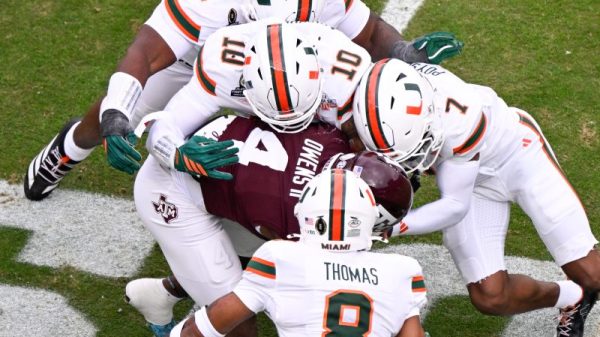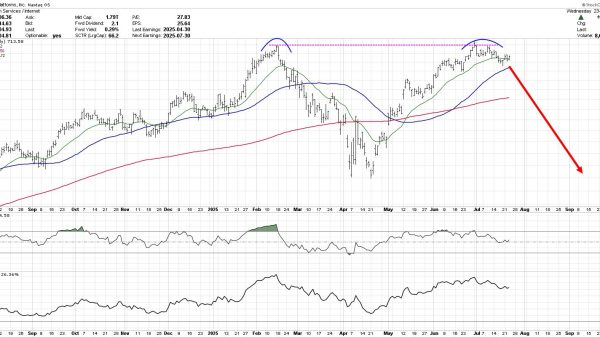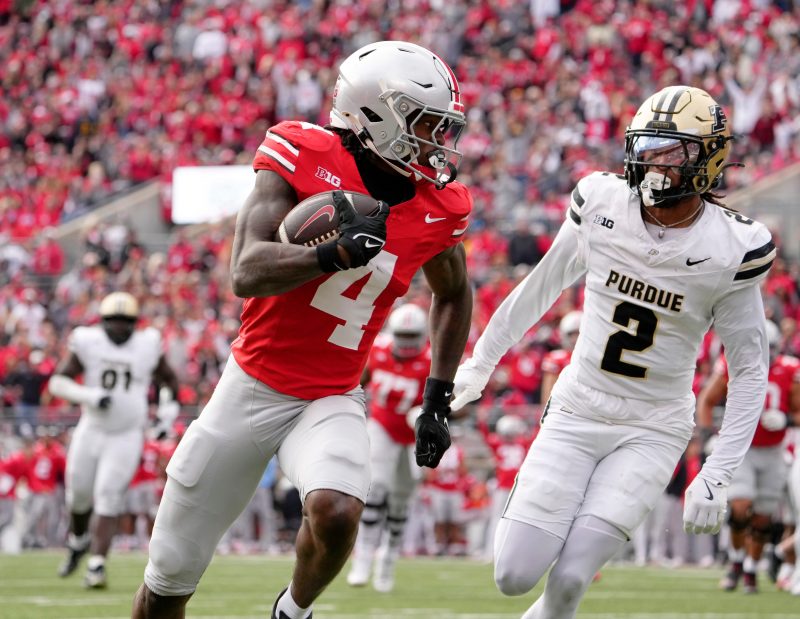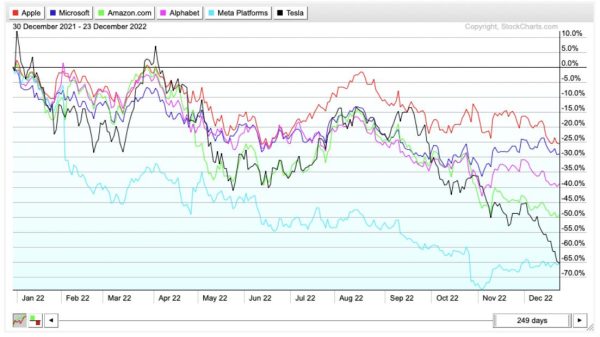At least Big Ten commissioner Tony Petitti dropped any pretense that his vision for the future format of the College Football Playoff would be a boon for anyone other than his conference.
Petitti, as he plainly stated in a recent interview with Joel Klatt of Fox Sports, works at the behest of one conference.
‘Representing the Big Ten,’ Petitti said, ‘that’s my job.’
If Petitti’s playoff plan seems rigged in favor of the Big Ten, that’s only because it is.
Petitti wants a playoff format that’s all upside, no risk, for the Big Ten. Shocking, right?
Herein lies the persistent problem in determining a playoff format for 2026 and beyond. It’s not that the conference commissioners who shape the playoff lack ideas. It’s that their ideas are so self-serving.
With no overarching commissioner looking out for the good of the game or its postseason, the individual conferences hit an impasse in their playoff format negotiations.
Big Ten wants to reduce role of playoff selection committee
Petitti, in his interview with Klatt, outlined the Big Ten’s preference for a 4+4+2+2+1 playoff format. In this 16-team playoff plan, 13 of the 16 spots would be dispersed via automatic bids. The Big Ten and SEC would be assigned four automatic bids apiece. Two apiece would go to the ACC and Big 12, with another auto bid going to the next-best conference champion, leaving just three at-large bids for a selection committee to determine.
‘We’re not asking to be handed anything,’ Petitti said.
Actually, you are. You’re asking to be handed 25% of the playoff spots before the season begins.
Why should the Big Ten and SEC start with twice as many bids as the ACC and Big 12? Well, because ‘of historic strength and where we think programs are,’ Petitti explained.
If history is our guide, how about a bid for 18-time national champion Yale?
I’m kidding, of course. Yale shouldn’t receive a bid based on history, no more than the Big Ten should be guaranteed twice as many auto bids as the ACC, which has produced as many national champions as the Big Ten since the start of the Bowl Championship Series era.
The ACC and Big 12 quickly balked at Petitti’s stacked-deck plan, and the SEC later soured on the idea. It’s not that the SEC felt sorry for the ACC and Big 12. It’s more that the SEC worries the auto-bid plan would not reward it enough. The SEC recast its desires toward a 16-team playoff featuring 11 at-large bids, and the SEC is campaigning for the selection committee to more heavily weight strength of schedule metrics, which tend to reflect well on SEC teams.
And, so, here we stand, with no approved playoff format past this season, with each conference angling for a plan they think serves them best.
Tony Petitti playoff plan all upside, no risk for Big Ten
While I dislike any idea, like Petitti’s plan, that would stack the deck and award bids based on a conference’s preseason clout, I acknowledge the 4+4+2+2+1 format must look pretty good from where the Big Ten commissioner sits. It would achieve Petitti’s objectives on how to reshape college football.
Petitti wants to:
∎ Reduce the role of the selection committee. As Petitti puts it: ‘Let them focus on seeding. Let them focus on the last three at-larges.’ In other words, he wants to reduce the subjectivity of the selection process at the end of the season, in favor of a stacked deck that awards bids based on conference affiliation and conference standings. But, his plan won’t succeed in curtailing controversy, because debates will rage about the committee’s last-three-in and how they seed the field.
∎ Encourage Big Ten teams to play tougher non-conference games. In Petitti’s plan, most bids would be awarded based on conference performance, so, teams could schedule tough non-conference matchups without worrying about the effect of a loss. ‘You’ve got to have a postseason format that makes the regular season better,’ Petitti said. The problem with that line of thinking: If playoff access is based mostly on conference standings, then non-conference games would become glorified exhibitions.
∎ Install play-in games. If Petitti’s playoff plan got approved, the Big Ten could earmark two auto bids for its top two teams, and decide its two remaining auto bids with play-in games: No. 3 vs. No. 6 and No. 4 vs. No. 5. I never thought I’d hear someone argue that the lack of play-in games is holding back college football, but here we are.
∎ Prop up mediocre Big Ten teams. The Big Ten’s eighth-place team would be in the playoff hunt entering November in the 4+4+2+2+1 plan. If that team could climb into sixth place, it would reach a play-in game. Win that, and it’s playoff bound. To hear Petitti tell it, that’s a plus: ‘We’ve done some modeling that you could have somewhere between 40 and 50 teams after Week 13 that are’ still alive for the playoff. Sorry, but if you’re college football’s 50th-best team after 13 weeks, you probably shouldn’t be alive for the playoff.
True, allowing a selection committee to pick most of the qualifiers and seed the bracket produces uncomfortable decisions, but a dose of drama, a plateful of debate, and a dash of controversy are good for business.
Petitti, though, views this through the Big Ten lens. If he achieved his playoff vision, his conference could strengthen its schedule and enhance its television inventory, while avoiding risk to its postseason prospects. If the Big Ten got trounced in non-conference matchups, no big deal. It still would be guaranteed at least four playoff bids in Petitti’s model.
From Petitti’s perch, why not try to stack the deck and rig the playoff to favor his league? As a conference commissioner, he must view that as part of his job.
Blake Toppmeyer is the USA TODAY Network’s national college football columnist. Email him at BToppmeyer@gannett.com and follow him on X @btoppmeyer.



























